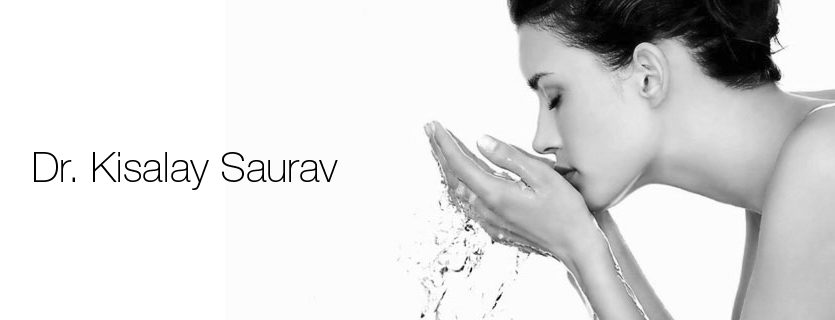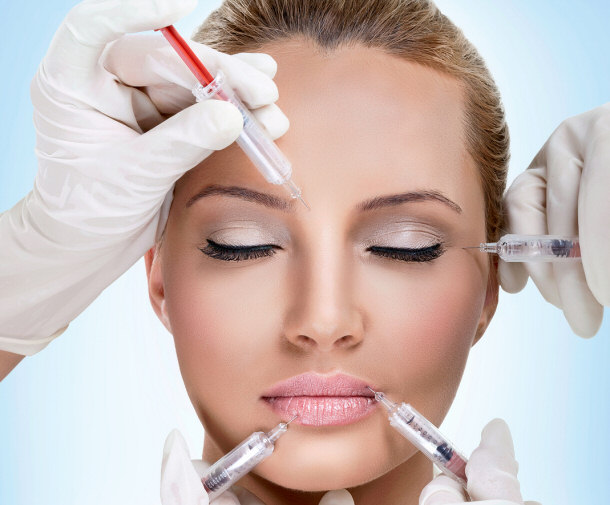A baby’s skin is delicate and super sensitive and needs proper maintenance. Baby’s skin can be extremely responsive to chemicals and artificial fragrances present in detergents, soaps and other baby products, which is why, rashes, irritation, redness of the skin, are common problems reported in babies.
None of us would like to leave our baby’s skin vulnerable and dry making it crucial for us to follow a good baby skin care regimen.
What constitutes a good baby skin care regimen?
Setting up a routine for cleansing your baby. In the first weeks, cleansing with lukewarm water suffices for most babies. You may consider bathing your baby on alternate days. Frequent bathing washes off the natural oils that protects the baby’s skin.
Using the right soap. Use a mild syndet that maintains the pH value to cleanse your baby’s skin. Alternatively, you can also use baby oil to remove dirt and excrements. Soaps used by adults should not be used on babies.
Avoid using scented products. You should be very careful about choosing a good soap. A lot of soaps available in the market have high paraben content that could irritate your baby’s skin.
Moisturizing Lotion a must. To compensate for the lack of activity of the sebaceous glands, it is useful to apply cream to the skin after washing or bathing. Since a baby’s skin is extremely sensitive to change of weather, optimal care needs to be taken to protect the skin from drying out. In cold weather, an oily cream for protecting the face is important. In the summer months, consider using a mild talcum powder soon after the baby’s bath to prevent prickly heat. You may also use calamine lotion after bathing your baby. Calamine lotion not only prevents prickly heat but also soothes your baby’s skin.
Watch out for a diaper rash. Prolonged use of diaper or not freeing the baby from a diaper for long hours or not changing a soiled diaper immediately, can lead to a diaper rash. Consider using protective products in the diaper region. You may use soothing baby creams and an anti-fungal powder before putting on the diaper.


